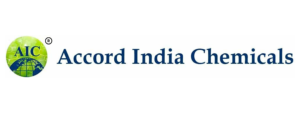Epoxy Vs. Polyurethane
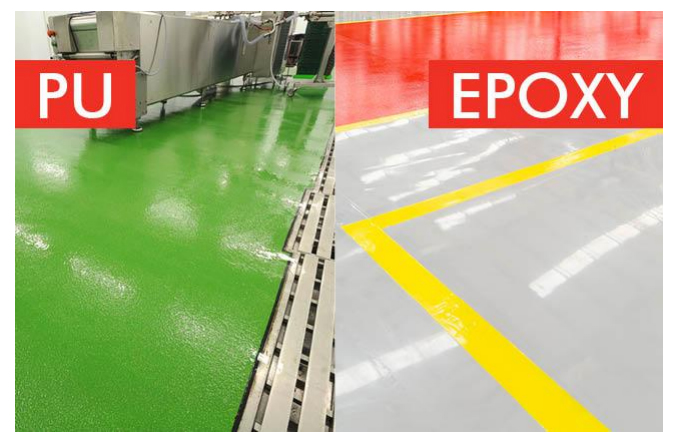
EPOXY VS. POLYURETHANE

We walk on them, we drop things on them, we work on them, so when it comes to future-proofing a food facility floor, it’s important to choose materials specifically designed to tackle industrial floor challenges!
LET’S TALK ABOUT FLOORING
Hard wearing resin systems, epoxy and polyurethane, are typically used for busy plants that subject their floors to physical impacts, point loading and traffic from equipment such as heavily laden pallet trolleys and forklift trucks. Of course, all of these factors can cause damage to a floor finish and if the coating is applied too thinly; hard to clean cracks can appear in the finish, increasing the risk of unwanted bacteria.
To prevent these risks from occurring, businesses, manufacturers and architects are continually on the look out for protective floor systems such as epoxy or polyurethane. Although they are often talked about as the same product, they are actually two different types of floor coatings with their own distinct properties. To make sure you’re choosing the right system for you, we thought we’d compare the two.
LET’S TALK ABOUT FLOORING
Whilst a polyurethane system will initially cost more compared to an epoxy, it is far more cost effective in the long term. In fact, the lifespan of the PU system is roughly double that of the epoxy, clocking an impressive ten-year’s compared to the epoxy’s five. PU systems also benefit from their increased wear, abrasion and impact resistance properties.
WHAT RESISTANCE DO THEY OFFER?
In general, epoxy resins offer limited resistance to the organic acids that are found in large quantity of food and drink produce, whereas polyurethane systems boast unrivalled resistance to corrosion, inorganic, alkalis, organic alkalis and solvents.
ARE THEY TOLERANT TO HEAT?
Polyurethanes provide superior heat, cold and thermal shock tolerance. Epoxies on the other hand are naturally more rigid and are able to move with a concrete substrate when exposed to heat fluctuations. To exemplify this, a standard two-pack, 100% solids epoxy coating, has a heat resistance of up to 65 °C, whereas some PU systems can tolerate 120°C.
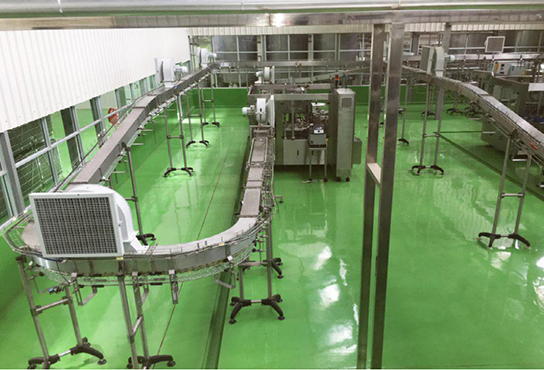
This thermal shock resistance is a great benefit in food and beverage facilities where extreme temperature changes often occur on a daily basis. For example when a room is steam cleaned; in areas where hot oven doors are being opened or where there is the possibility of boiling substances spilling onto the floor.
This polyurethane floor provides superior heat resistance of up to 120°C – ideal for Hot environments as its durable nature enables it to withstand thermal shock from hot ovens, chemical attacks from food by-products and point loading from heavy equipment.
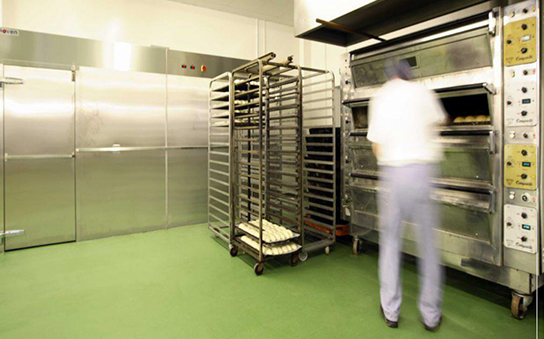
A high-build epoxy resin coating system was used to provide a level and reliable surface that would not deteriorate when faced with constant traffic from pedestrians, wheeled equipment, heavy pallets and fully loaded racks of produce.
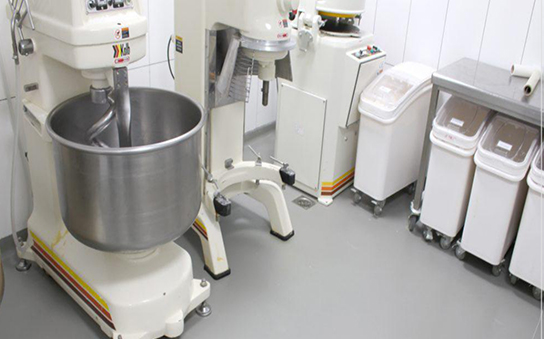
ARE THEY TOLERANT TO HEAT?
Polyurethane floors are generally softer and more elastic compared to the epoxy, giving them better resistance to scratching – ideal for spaces like multi-deck car parks, which experience high levels of foot traffic.


